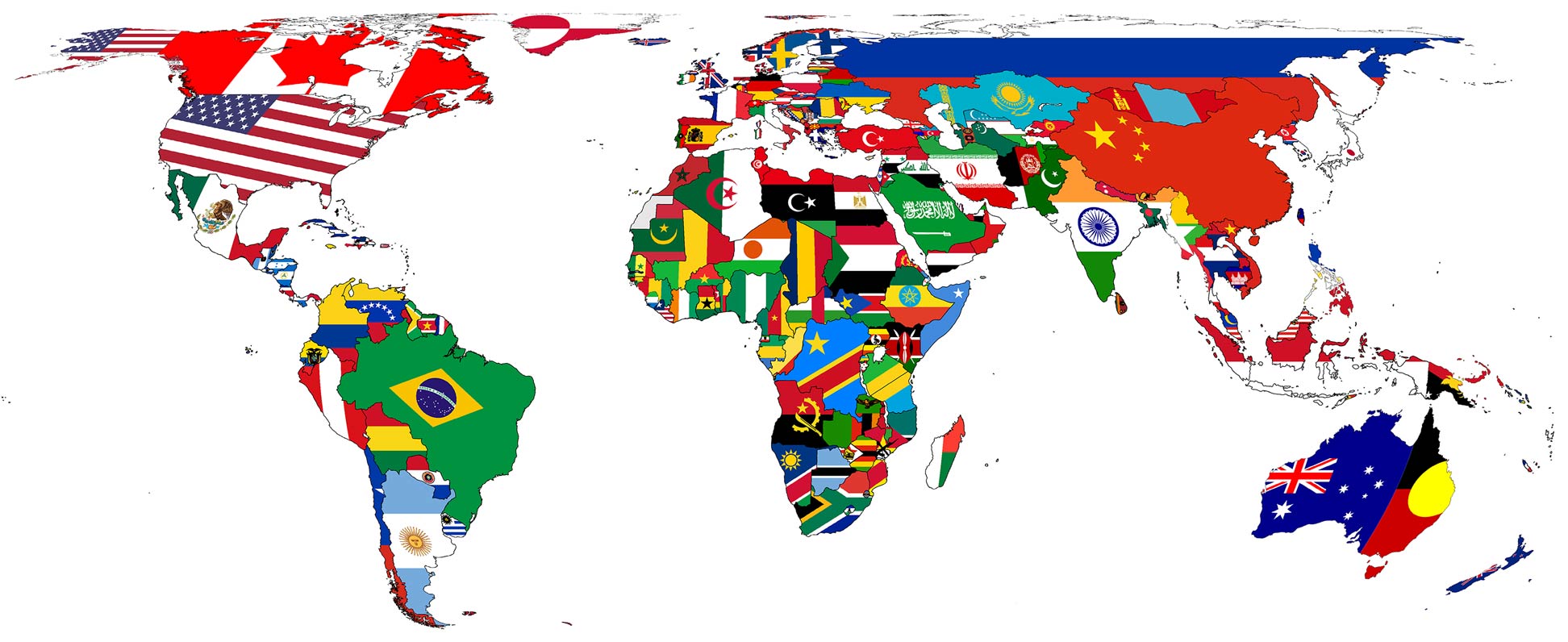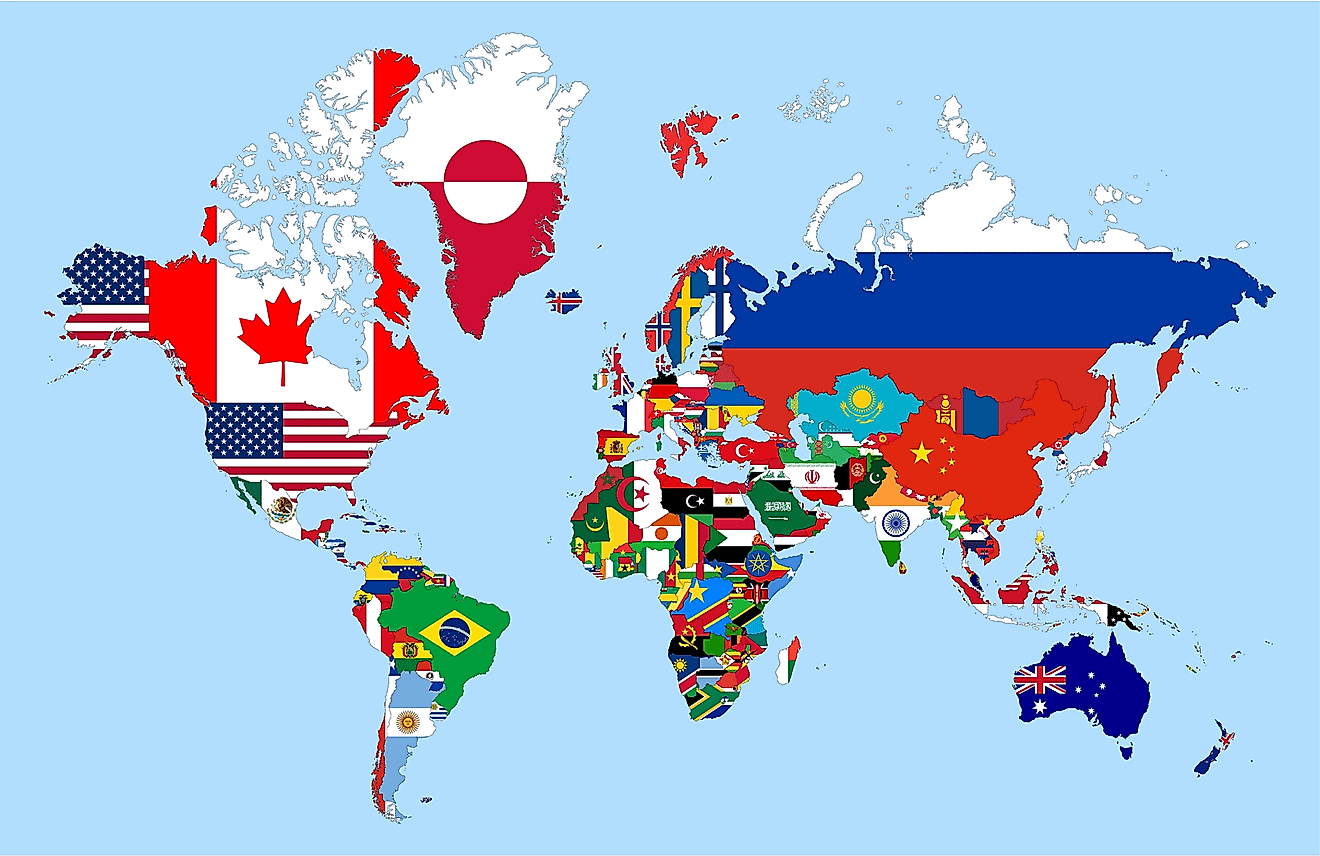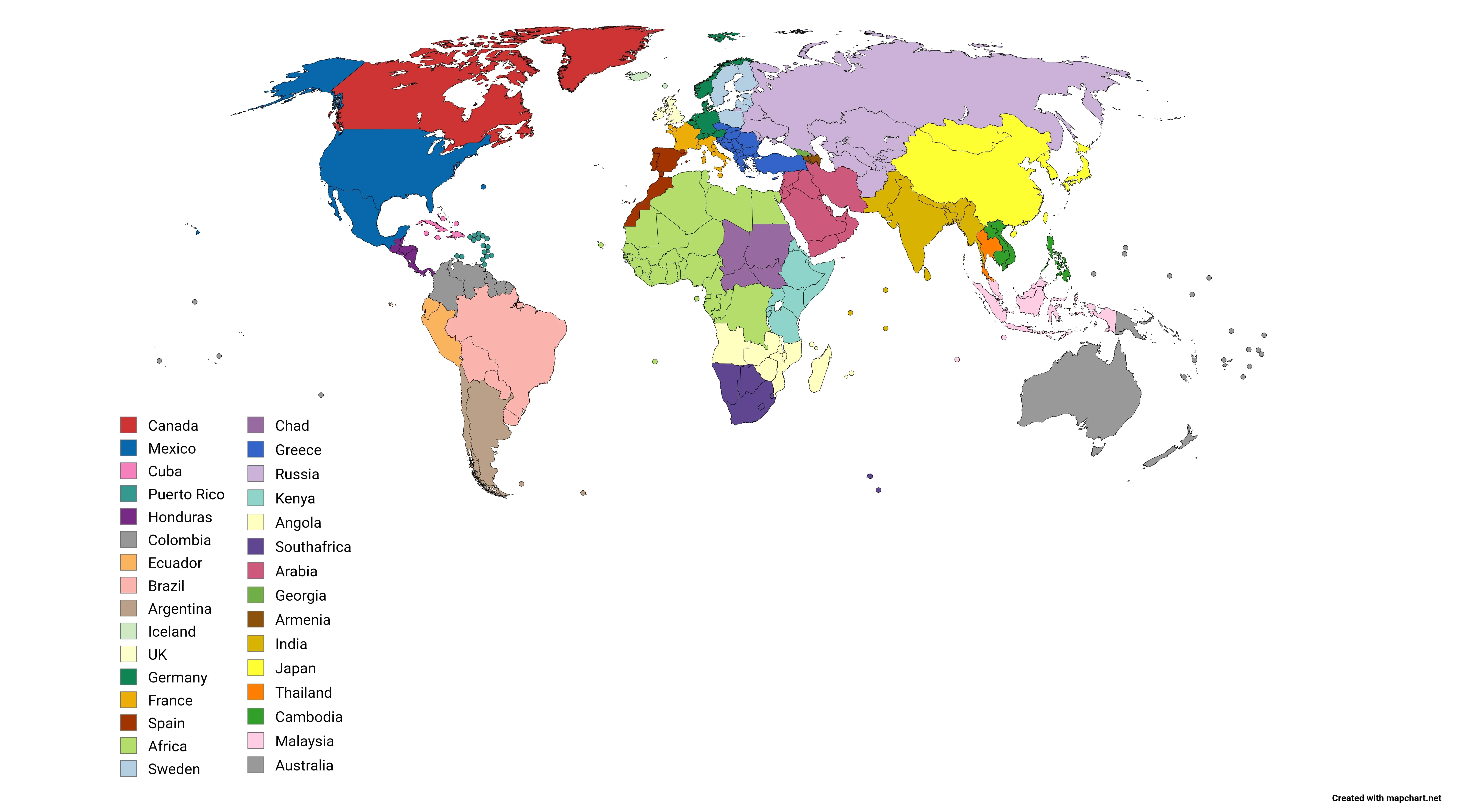The question of "which country colonized Iran" often leads to a complex and nuanced discussion, challenging the conventional understanding of colonization. Unlike many nations across Africa, Asia, and the Americas that experienced direct, long-term foreign rule and complete loss of sovereignty, Iran's historical trajectory presents a different narrative. While it faced immense foreign interference, economic exploitation, and political manipulation, particularly from powerful European empires, it remarkably managed to maintain its formal independence and its status as a sovereign state throughout much of its modern history.
This distinction is crucial for understanding Iran's unique geopolitical position and its enduring national identity. Rather than outright colonization, Iran navigated a treacherous landscape of geopolitical rivalry, often becoming a battleground for the ambitions of Great Powers. This article delves into the historical periods of significant foreign influence, examining the nature of external control and how Iran, despite immense pressure, resisted full subjugation.
Table of Contents
- Perry Ray Anthony
- Ryan Dubs Net Worth
- Zefoy App
- New South Movie Filmyzilla 2025 Download Filmyzilla
- Walker Scobell
- The Nuance of Colonization: Iran's Unique Position
- Ancient Persia: A Legacy of Sovereignty
- The Qajar Era and The Great Game of Influence
- The Constitutional Revolution and Foreign Intervention
- World War I and the Fragmentation of Iran
- The Pahlavi Dynasty and the Struggle for Modernization
- The Mossadegh Era and the CIA Coup
- Iran's Post-Revolution Autonomy
- Conclusion: A History of Resilience
The Nuance of Colonization: Iran's Unique Position
To truly answer "which country colonized Iran," it's essential to first define what colonization entails. In international law, the term "sovereign state" (or simply "State") denotes a political entity that is independent and exercises supreme authority over its territory and people. The word "country," while often used interchangeably, can sometimes refer to a geographical region or a nation without necessarily implying full sovereignty, as seen in the United Kingdom where "four countries" form one "country." However, in the context of international relations and historical conquest, "colonization" typically refers to the direct political, economic, and cultural control of one territory and its people by a foreign power, often involving the establishment of settler colonies or administrative rule. Iran, historically known as Persia, never fully lost its "State" status. While it certainly faced periods where its sovereignty was severely compromised, it consistently maintained its own government, legal system, and military, even if these institutions were at times heavily influenced or manipulated by external forces. This distinguishes Iran from nations that became formal colonies, protectorates, or mandates, where the colonizing power directly administered the territory and its population. The question "which country colonized Iran" therefore requires a deeper look into the nature of foreign engagement rather than a simple identification of a colonial master.Ancient Persia: A Legacy of Sovereignty
Iran boasts one of the world's oldest continuous civilizations, with a history stretching back thousands of years. From the Achaemenid Empire, which at its peak spanned three continents, to the Sasanian Empire, Persia was a dominant regional power, often an empire builder itself rather than a subject of foreign powers. This long history of independent statehood and imperial grandeur deeply ingrained a sense of national pride and resistance to foreign domination. Even after the Arab conquest in the 7th century CE, which introduced Islam and significantly reshaped Iranian culture, the Persian language and distinct Iranian identity persisted and eventually reasserted itself through various local dynasties. By the time European powers began their global expansion in the early modern period, Persia was a well-established, formidable empire under the Safavids, and later the Qajars. This historical context is vital in understanding why the concept of "which country colonized Iran" doesn't fit neatly into the typical colonial narrative.The Qajar Era and The Great Game of Influence
The 19th and early 20th centuries marked the most challenging period for Iran's sovereignty, primarily under the Qajar dynasty (1785-1925). This era saw Iran caught in the geopolitical crosshairs of two formidable European empires: Imperial Russia to the north and the British Empire to the south. This rivalry, often termed "The Great Game," was not about direct colonization of Iran, but rather about establishing spheres of influence and preventing the other power from gaining exclusive control.The Anglo-Russian Rivalry
Russia's expansionist ambitions pushed southwards into the Caucasus, leading to several wars with Persia (the Russo-Persian Wars of 1804-1813 and 1826-1828). Iran suffered significant territorial losses in these conflicts, ceding vast areas of the Caucasus (modern-day Azerbaijan, Armenia, and parts of Georgia) to Russia. These losses, formalized by the Treaties of Golestan (1813) and Turkmenchay (1828), were severe blows to Iranian sovereignty and marked the beginning of its weakening in the face of European military superiority. Britain, concerned about Russian expansion threatening its Indian empire, sought to maintain a buffer zone and protect its interests in the Persian Gulf. This led to a complex diplomatic dance where both powers vied for political and economic leverage within Iran, rather than attempting to answer the question "which country colonized Iran" by outright annexation.Economic Concessions and Foreign Debt
A primary tool of foreign influence was the granting of economic concessions. Lacking modern industrial infrastructure and facing severe financial difficulties, the Qajar shahs often granted lucrative monopolies to foreign companies in exchange for much-needed funds. These concessions covered vital sectors such as telegraph lines, railways, banking, and, most significantly, oil. The most famous example is the D'Arcy Concession of 1901, which granted William Knox D'Arcy exclusive rights to explore, obtain, exploit, and sell petroleum and petroleum products throughout Iran (except for five northern provinces) for 60 years. This concession, which led to the formation of the Anglo-Persian Oil Company (later British Petroleum), gave Britain immense economic leverage over Iran's most valuable resource. Similarly, Russia secured concessions in the north, particularly in banking and road construction. These concessions often came with burdensome loans from British and Russian banks, pushing Iran into deep debt. The inability to repay these loans further compromised Iran's financial independence and gave the creditor nations significant sway over its internal policies. While not direct colonial rule, this economic entanglement severely limited Iran's autonomy and effectively made it an economic dependency.Spheres of Influence, Not Colonies
The culmination of this rivalry was the Anglo-Russian Convention of 1907. This agreement, signed without any Iranian representation or consent, formally divided Iran into three zones: a Russian sphere of influence in the north (including Tehran and Tabriz), a British sphere in the southeast (bordering British India), and a neutral zone in the middle. This convention clearly illustrates that neither Britain nor Russia formally "colonized" Iran. Instead, they agreed to respect each other's interests within defined areas, effectively treating Iran as a semi-independent buffer state whose territory could be carved up for strategic convenience. While Iran remained nominally independent, its ability to conduct foreign policy or even control its own territory was severely curtailed by these external arrangements. This period is key to understanding why "which country colonized Iran" is a misnomer, as it was more about shared influence than singular control.The Constitutional Revolution and Foreign Intervention
Even as foreign powers exerted their influence, internal forces within Iran pushed for modernization and greater sovereignty. The Constitutional Revolution (1905-1911) was a pivotal moment, as Iranians demanded a constitutional monarchy and an end to the absolute power of the Qajar shahs. This movement was a direct response to foreign interference and the corruption of the Qajar court. However, the revolution itself became a target of foreign intervention. Russia, fearing the spread of revolutionary ideas to its own territories and keen to protect its interests in northern Iran, actively intervened to suppress the constitutionalists, bombarding the Majlis (parliament) in 1908. Britain, while initially sympathetic to the constitutionalists, ultimately prioritized its strategic understanding with Russia, especially after the 1907 Convention. The presence of foreign troops and the overt interference in Iranian internal affairs during this period further underscored the fragility of Iran's sovereignty, even if it wasn't a formal colony.World War I and the Fragmentation of Iran
Despite declaring neutrality at the outset of World War I, Iran became a battleground for the warring powers. Ottoman, Russian, and British forces occupied different parts of the country. The Ottomans and Germans sought to undermine British and Russian influence, while Britain and Russia aimed to secure their strategic interests and oil supplies. This period saw Iran's central government effectively collapse, with various regions falling under the control of foreign armies or local warlords. Famine and disease ravaged the population, exacerbated by the foreign occupation. Although Iran was not formally annexed by any power, the extensive military occupation and the complete disregard for its neutrality represent a de facto loss of control over its own territory. The question of "which country colonized Iran" becomes even more complex here, as multiple powers exerted temporary military control.The Pahlavi Dynasty and the Struggle for Modernization
The end of World War I saw Iran in a state of chaos. It was from this turmoil that Reza Khan, an army officer, emerged. He orchestrated a coup in 1921, eventually deposing the last Qajar shah and establishing the Pahlavi dynasty in 1925, crowning himself Reza Shah. His reign marked a determined effort to modernize Iran, centralize power, and assert true national independence, moving away from the humiliating concessions and foreign interference of the Qajar era. Reza Shah implemented ambitious reforms, including building a modern army, establishing a national education system, and developing infrastructure. He tried to balance foreign powers, often playing them against each other, and sought to reduce British and Soviet influence. He cancelled some concessions and nationalized others, striving to gain full control over Iran's resources. His efforts were a direct response to the previous era's de facto subjugation, aiming to firmly establish Iran as a truly independent "sovereign state."Allied Occupation During World War II
Despite Reza Shah's efforts, Iran's strategic location once again proved to be its undoing during World War II. Declaring neutrality, Iran found itself a crucial corridor for Allied supplies to the Soviet Union. Concerned about Reza Shah's perceived pro-Axis leanings and the vital oil fields, British and Soviet forces jointly invaded and occupied Iran in August 1941. Reza Shah was forced to abdicate in favor of his young son, Mohammad Reza Pahlavi. This occupation, though temporary, was a stark reminder of Iran's vulnerability. The country was divided into British and Soviet zones of occupation, with Soviet troops remaining in the north even after the war, leading to the "Iran Crisis of 1946." This crisis, where the Soviets attempted to establish a puppet state in Azerbaijan, brought Iran to the brink of a major international conflict and highlighted the persistent foreign pressures. Again, while not formal colonization, the occupation and attempts at political manipulation were severe infringements on Iran's sovereignty.The Rise of US Influence
Following World War II, as the British Empire declined and the Cold War intensified, the United States emerged as a new significant player in Iran. Initially seen as a less imperialistic alternative to Britain and Russia, the US began to exert considerable influence, particularly after the 1950s. This influence was primarily driven by strategic concerns: containing Soviet expansion, securing oil supplies, and maintaining regional stability. The US provided military and economic aid to Iran under the Shah, helping to modernize its armed forces and economy. This relationship, however, often came at the cost of genuine Iranian autonomy, as US foreign policy objectives frequently dictated Iranian internal decisions.The Mossadegh Era and the CIA Coup
The most dramatic instance of foreign intervention in post-WWII Iran occurred in 1953. Mohammad Mosaddegh, a nationalist Prime Minister, rose to power on a wave of popular support, advocating for the nationalization of the Anglo-Iranian Oil Company (AIOC), which was still largely controlled by Britain. Mosaddegh argued that Iran's oil wealth should benefit the Iranian people, not foreign shareholders. Britain, infuriated by the nationalization, imposed an international embargo on Iranian oil. Fearing that Mosaddegh's nationalist policies could lead to a communist takeover or instability that would benefit the Soviet Union, the United States, in conjunction with Britain, orchestrated a coup d'état (Operation Ajax) that overthrew Mosaddegh and restored the Shah to absolute power. This event is a clear answer to "which country colonized Iran" in terms of direct, covert intervention that fundamentally altered the course of Iranian history. While it wasn't a formal colonization, it was a profound act of foreign interference that undermined Iran's nascent democracy and cemented the Shah's authoritarian rule, making Iran a key US ally in the region but at the expense of its independent political development.Iran's Post-Revolution Autonomy
The 1979 Islamic Revolution, which overthrew the US-backed Shah, was in large part a rejection of perceived foreign domination and a powerful assertion of Iran's desire for true independence. The new Islamic Republic adopted a policy of "Neither East nor West," aiming to avoid alignment with either superpower bloc and chart its own course. Since the revolution, Iran has faced various forms of international pressure, including sanctions and regional conflicts, but it has steadfastly maintained its sovereign independence. It has developed its own military capabilities, pursued its nuclear program, and largely resisted direct foreign military occupation or political subjugation. While facing external challenges, the post-revolutionary era has seen Iran assert its "State" status with a fierce determination, largely putting an end to the kind of overt foreign interference that characterized much of its 19th and 20th centuries.Conclusion: A History of Resilience
In conclusion, the direct answer to "which country colonized Iran" is none. Iran was never formally colonized by a single foreign power in the same way that India was by Britain or Algeria by France. It maintained its formal sovereignty and its own government throughout its modern history. However, this does not mean it was free from foreign control. Instead, Iran experienced a unique form of indirect colonization and severe foreign interference, primarily from Imperial Russia and the British Empire during the "Great Game" era, and later from the United States during the Cold War. This involved: * **Territorial Losses:** Early defeats to Russia. * **Economic Exploitation:** Unfair concessions and crippling foreign debt. * **Spheres of Influence:** Formal division of the country into zones of external control. * **Military Occupation:** During both World Wars. * **Political Manipulation:** Direct intervention in internal affairs, most notably the 1953 coup. Iran's history is a testament to its resilience in the face of overwhelming external pressures. The question "which country colonized Iran" therefore highlights a complex narrative of a nation that, despite being a pawn in larger geopolitical games, consistently fought to preserve its independence and national identity. Understanding this nuanced history is crucial for comprehending Iran's current geopolitical stance and its deep-seated distrust of foreign intervention. If you found this exploration of Iran's unique historical experience insightful, consider sharing this article with others who might be interested in the complexities of global history. What are your thoughts on the distinctions between formal colonization and spheres of influence? Leave a comment below and join the discussion!Related Resources:



Detail Author:
- Name : Luz Miller
- Username : dmuller
- Email : shania22@gmail.com
- Birthdate : 1985-12-17
- Address : 395 Schuyler Crossroad Suite 122 North Lavonmouth, DE 95115-8828
- Phone : (360) 767-4405
- Company : Tromp-Feil
- Job : Building Cleaning Worker
- Bio : Velit labore et maxime ut voluptate. Omnis doloribus libero nostrum quia. Aut et optio ratione error nobis rerum est ea. Hic cumque voluptas dolores ex dolorum nesciunt.
Socials
instagram:
- url : https://instagram.com/ardella_xx
- username : ardella_xx
- bio : Beatae quo iure aut. Sapiente rem aut pariatur est ut.
- followers : 1232
- following : 143
facebook:
- url : https://facebook.com/ardella.frami
- username : ardella.frami
- bio : Temporibus temporibus minima expedita velit.
- followers : 3590
- following : 1268
tiktok:
- url : https://tiktok.com/@framia
- username : framia
- bio : Molestias et accusamus deleniti velit. Non error sit mollitia quod.
- followers : 2077
- following : 1271
linkedin:
- url : https://linkedin.com/in/ardellaframi
- username : ardellaframi
- bio : Est dolor alias architecto in corrupti.
- followers : 848
- following : 490